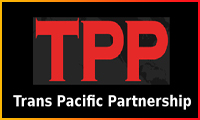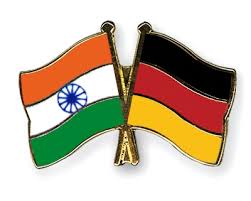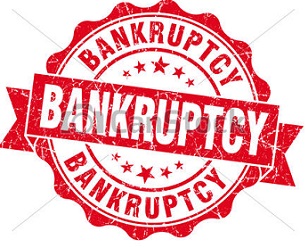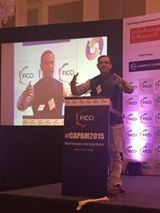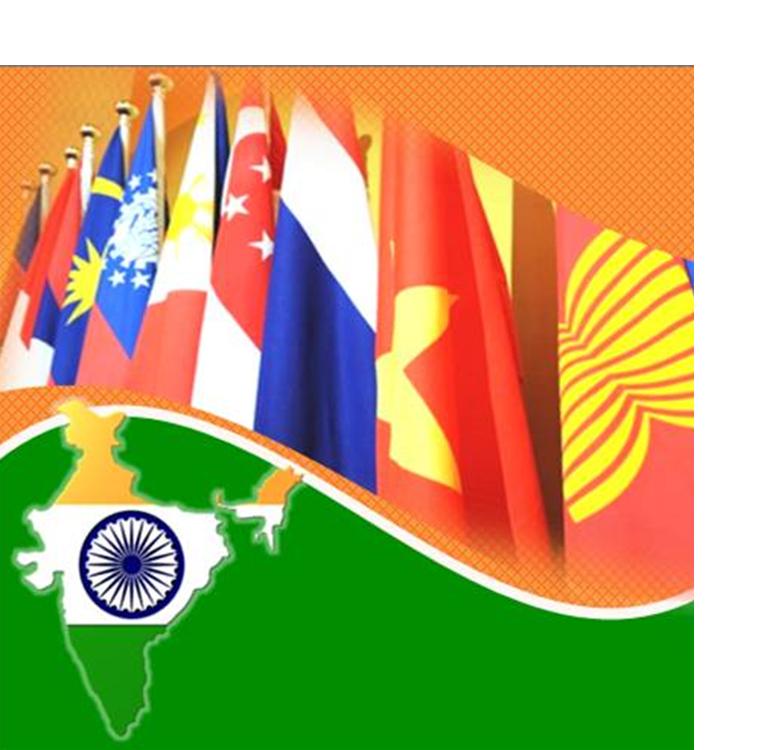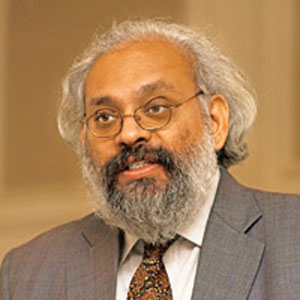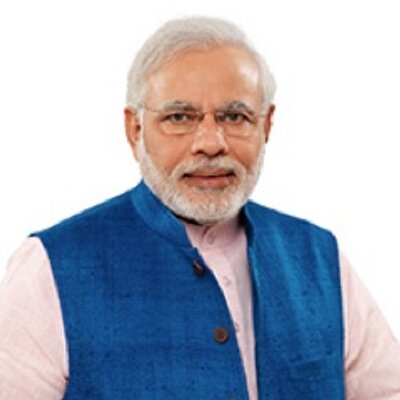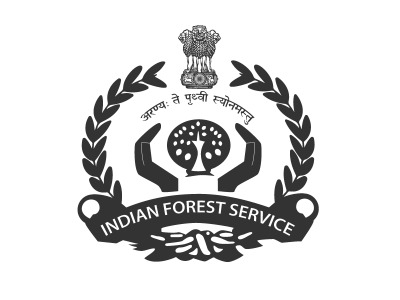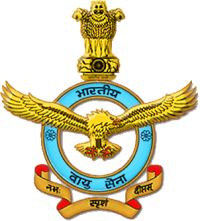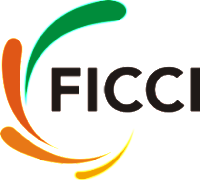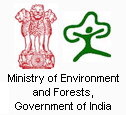India might have to bear the brunt of 13-nation Trans-Pacific Partnership (TPP) deal as its trade with the TPP countries stood at about $220 billion (bn) i.e. about 29 per cent of the country’s total trade (exports plus imports) in the financial year 2014-15, apex industry body ASSOCHAM said today while cautioning the government.
“The TPP accord will dismantle trade barriers, reduce transaction costs, promote ease of doing business and possibly benefit consumers with lower prices and more choice in member countries,” stated The Associated Chambers of Commerce and Industry of India (ASSOCHAM) in a communication addressed to the Union Finance and Commerce Minister, Mr Arun Jaitley and Ms Nirmala Sitharaman.
India’s total exports and imports were of the order $79 bn (26 per cent of country’s total exports) and $140 bn (31 per cent of country’s total imports) respectively. India’s exports to the TPP block rose by four per cent in terms of value (in dollars) even when the country’s overall exports fell by over one per cent in 2014-15.
Besides, India had received foreign direct investment (FDI) worth $9.5 bn from TPP countries (Japan, Malaysia, Singapore and the USA) which was close to 40 per cent of the total FDI inflows into India worth about $25 bn in the last fiscal.
Challenges posed by TPP pact must be treated as an opportunity for domestic industry in rising to the challenge of higher standards in products, services and framework of rules.
“Such mega trade agreements and other negotiations like Trans-Atlantic Trade and Investment Partnership will erode existing preferences for Indian products in established traditional markets like the US and the EU (European Union) thereby benefitting the partners to these deals” highlighted ASSOCHAM letter to the FM and Commerce Minister.
The TPP block is likely to develop a rules’ architecture that might place greater burden of compliance on India’s manufacturing and services standards for access to the markets of the participating countries, it pointed out.
“Though it is not a member of TPP, India has much at stake as it may lose export market share due to strong trade diversion effects arising from global price reduction felicitated by widespread tariff elimination,” said Mr D.S. Rawat, secretary general of ASSOCHAM.
“Since TPP members would face tariffs in their bilateral trade, it would be more economical for multinational corporations (MNCs) to shift production from non-member countries to countries like Malaysia and Vietnam to reduce production costs,” said Mr Rawat.
ASSOCHAM has thus suggested that TPP and the Regional Comprehensive Economic Partnership (RCEP) should evolve into complementary agreements to serve the entire Asia-Pacific Region in a much better way, more so as the two initiatives have overlapping membership.
Though the RCEP also aims to expand liberalisation commitments contained in existing ASEAN-plus one free trade agreements (FTAs), it is less ambitious regarding depth of reforms, allows far more exemptions for sensitive products and for broad development considerations, and provides more consultative rather than binding dispute resolution procedures.


